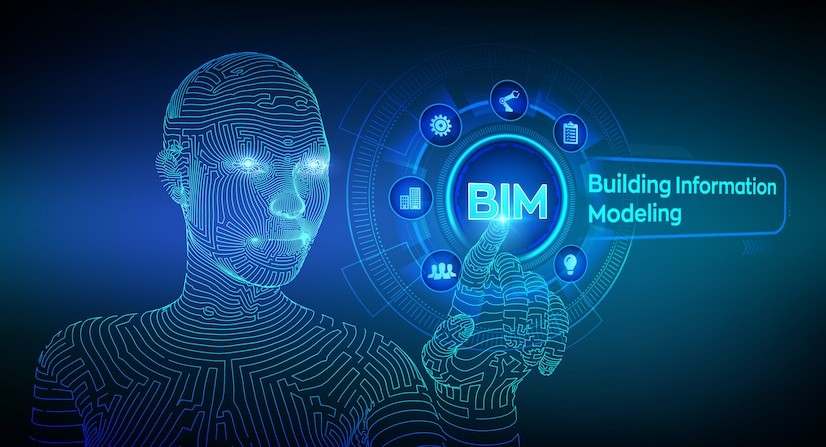
Every company is always looking for ways to streamline their processes, reduce costs and increase profits to stay competitive. This is especially true in the construction industry where customers’ demands are constantly changing and businesses are facing many challenges. The big question is how to keep everything running smoothly? This is where enterprise resource planning (ERP) software comes in handy.
There are 6 reasons why construction industry require ERP solutions.
1. Streamline Operations
An ERP system is implemented in construction companies in order to automate and keep track of numerous processes that occur on a daily basis. This system is beneficial as it saves time, increases data accuracy, and decreases human error.
An effective enterprise resource planning solution ensures that all business functions pass through a single database, providing greater collaboration and improved information sharing among various departments in the organization.
2. Optimize Project Management
The construction phase of any project requires a lot of activities to be tracked and recorded, such as supplies, inventories, assets, and resources. This is necessary for effective scheduling of workflow. However, if there is improper planning within the framework, it can lead to delays in delivery, substandard project delivery, and even heavy losses for the firm in the form of operational costs and loss of clientele. An ERP system has the ability to track and store data to generate an accurate analysis of raw materials.
Web based construction Software allows:
- Role based access for authorized user
- Avoid downtime
- Avoid other complication
- Tracking of work done by contractor and vendors
- Alert about inconsistencies in work done or material procured on site
3. Integrated Management Tools
In a construction company, there are many business functions that work simultaneously towards the successful completion of a project. Having a standardized platform which connects all these modules into a single system improves data management and increases the efficiency of the company.
The ERP software includes a business intelligence tool that makes it easy to do real-time analysis of financial, inventory, labor, machinery, and other operational data. This gives construction managers more accurate and precise information. Organizations can use this report to track deficiencies and manage them more effectively.
4. Curbs Operational Costs
An ERP software with accurate and real-time information can help reduce administrative and operations costs by making it easier to capture all relevant data and making every process more efficient. This can help businesses determine the most effective way to utilize workforce, inventory, and equipment for every project, which can minimize surplus and bring considerable savings over time.
5. Customizable to Business Needs
ERP features flexibility and versatility with which business can improve its ROIs. As every organization has different business needs, various functions and customizable features can be added or adjusted in the application to make it the most effective solution that fulfils the individual organization’s requirements.
The ERP solution’s customizable dashboard is integrated with data visualization and data analytics features – necessary tools construction managers use on a daily basis for estimation and scheduling projects.
6. Real Time Project Tracking
Through ERP software one can easily check reliable analytical reports from real-time data. These allow construction managers to monitor the progress of the ongoing project and take necessary action in case of any discrepancy. Therefore, the application helps in reducing risk moreover improves the efficiency of work. ERP’s have detailed features to create and analyze Work Breakdown Schedule making it easy predict potential delays and rectify them before it gets too late
At RIPL, We provide customized ERP solutions specific to your business needs to know more on how our smart ERP solutions can help you improve your construction operations. Contact us now for more information.
 info@replinfosys.com
info@replinfosys.com +91
9319581803
+91
9319581803




